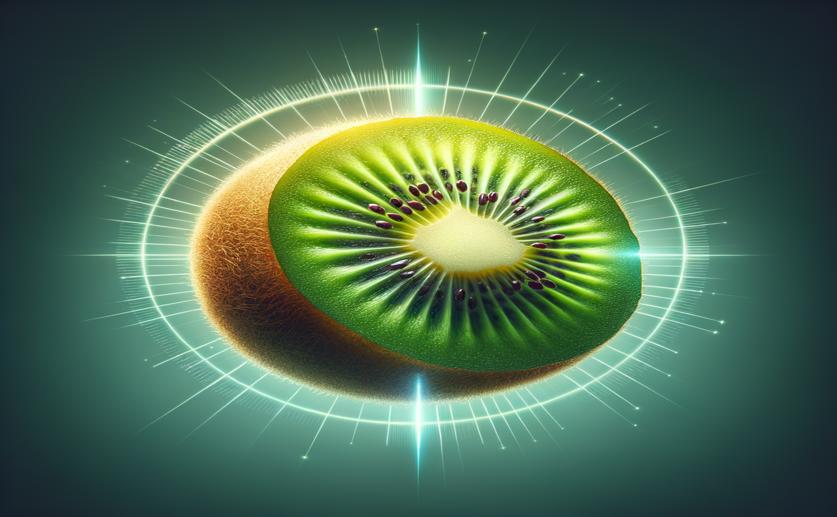
How Kiwifruit Makes Flavonoids: Insights from Gene and Metabolite Studies
Jenn Hoskins
22nd August, 2024

Image Source: Natural Science News, 2024
Key Findings
- Researchers from the Jiangxi Academy of Sciences in Nanchang, China, studied flavonoid composition in different tissues of kiwifruit
- They identified 301 flavonoids, with high accumulation in leaves and roots
- The study found 84 genes involved in flavonoid biosynthesis and 2362 transcription factor genes regulating this process, highlighting complex regulatory networks
References
Main Study
1) Integrated transcriptome and targeted metabolome analyses provide insights into flavonoid biosynthesis in kiwifruit (Actinidia chinensis).
Published 21st August, 2024
Journal: Scientific reports
Issue: Vol 14, Issue 1, Aug 2024
Related Studies
2) Hydrogen-rich water delays postharvest ripening and senescence of kiwifruit.
3) Integrative analyses of metabolome and genome-wide transcriptome reveal the regulatory network governing flavor formation in kiwifruit (Actinidia chinensis).
4) Secondary metabolite components of kiwifruit.
5) Nutritional component analyses of kiwifruit in different development stages by metabolomic and transcriptomic approaches.



 17th May, 2024 | Jenn Hoskins
17th May, 2024 | Jenn Hoskins